This winter-spring crop, Ms. Nong Thuy Ngan's family in village 14, Dak D'rong commune, Cu Jut district has just finished harvesting 4 sao of sweet corn. With the garden price of 28,000 VND/fruit, she earned nearly 40 million VND.
According to Ms. Ngan, sweet corn is a suitable crop in the current drought context. The advantages of sweet corn are a growing period of about 100 days, disease resistance, good yield and quality. Compared to coffee cultivation in previous years, the economic efficiency of corn cultivation is about 30% higher.
.jpg)
"Growing corn also requires watering, but the amount of watering is less, and the effort and materials spent during the dry season are also less, so I switched from coffee to corn. Next season, I will grow sweet potatoes and beans. My family has been converting crops for the past 3 years," Ms. Ngan added.
According to the Department of Agriculture and Environment of Cu Jut district, in the 2025 winter-spring crop, people in the district produced 1,812 hectares of various crops, reaching 100% of the plan, mainly rice and corn.
People have changed the crop structure on rice land, to grow crops with less water in the unstable rice water area of 25 hectares, including Nam Dong commune 10 hectares, Dak D'rong commune 15 hectares.
In addition to the seasonal conversion areas in communes and towns, people have proactively changed the crop structure to better suit the water source conditions. Thereby, people have initially shaped some quite suitable models such as growing corn and sweet potatoes on rice land.
For long-term crops, people have switched from coffee and pepper to cocoa, short-term crops, and short-term industrial crops such as soybeans and peanuts. Thousands of hectares of crops in the district apply advanced, water-saving irrigation to adapt to conditions of water scarcity.
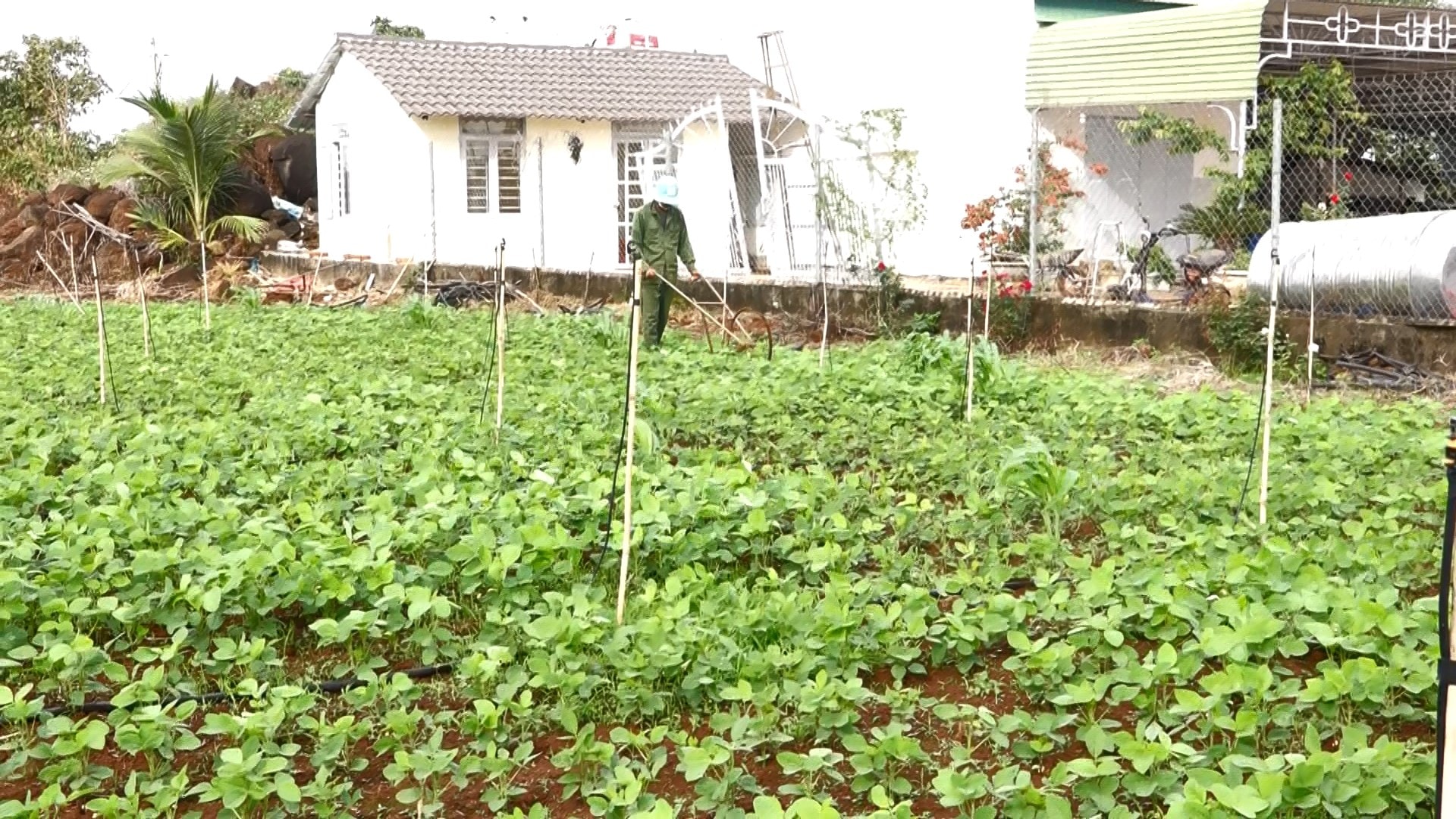
According to Mr. Nguyen Kim Dinh, he has 3 hectares of cocoa in village 2, Dak Wil commune. The family's cocoa land used to grow coffee, but the crops were poorly developed, one of the reasons being the lack of irrigation water in the dry season, making economic efficiency low.
Realizing that the groundwater resources in the area were becoming increasingly scarce, when he learned that cocoa was a crop that needed little water, he tried planting 500 trees. He gradually increased the number to 3,000 trees as it is today.
He affirmed that cocoa is a suitable crop for arid conditions. With a good grasp of the technique, he has an income of about 100-200 million VND/1ha/year. He is currently planning to plant 500 more trees.
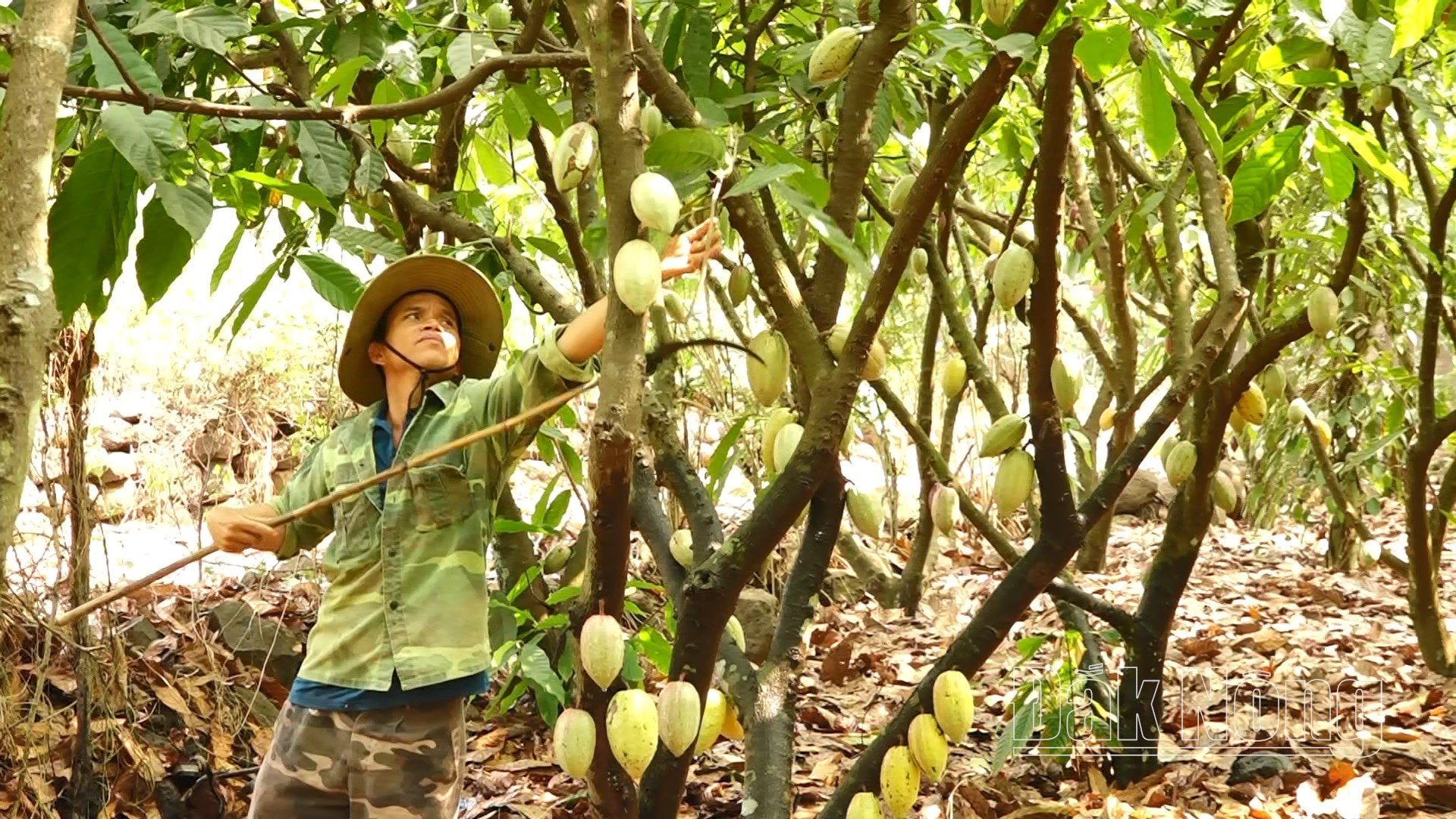
Mr. Ho Son, Head of the Department of Agriculture and Environment of Cu Jut district, said that in recent years, climate change has caused many impacts on agricultural production, especially the cultivation sector of the people.
Typically, in 2020, the district had 1,300 hectares of crops affected; in 2021, 1,122 hectares of rice and other crops were affected, of which 80 hectares had a 70% decrease in yield. In 2024, the district had 25 hectares of crops affected by drought.
In the context of increasingly severe climate change, localities have stepped up propaganda to raise awareness and encourage farmers to change their crop structure appropriately.
The district promotes activities to support and guide people when converting crop structure associated with linking and consuming products.
According to the plan to convert crop structure to adapt to climate change in Dak Nong province, oriented to 2030, in Cu Jut district, about 500 hectares of pepper trees that are not adapted to the soil, water and climate conditions will be converted to cocoa trees .
Source: https://baodaknong.vn/huyen-cua-ngo-dak-nong-dinh-hinh-cay-trong-chong-han-249383.html


![[Photo] President Luong Cuong receives Kenyan Defense Minister Soipan Tuya](https://vstatic.vietnam.vn/vietnam/resource/IMAGE/2025/4/17/0e7a5185e8144d73af91e67e03567f41)
![[Photo] Warm meeting between the two First Ladies of the Prime Ministers of Vietnam and Ethiopia with visually impaired students of Nguyen Dinh Chieu School](https://vstatic.vietnam.vn/vietnam/resource/IMAGE/2025/4/17/b1a43ba73eb94fea89034e458154f7ae)
![[Photo] Welcoming ceremony for Chinese Defense Minister and delegation for friendship exchange](https://vstatic.vietnam.vn/vietnam/resource/IMAGE/2025/4/17/fadd533046594e5cacbb28de4c4d5655)
![[Photo] Prime Minister Pham Minh Chinh and Ethiopian Prime Minister visit Tran Quoc Pagoda](https://vstatic.vietnam.vn/vietnam/resource/IMAGE/2025/4/17/18ba6e1e73f94a618f5b5e9c1bd364a8)
![[Photo] General Secretary To Lam receives French Ambassador to Vietnam Olivier Brochet](https://vstatic.vietnam.vn/vietnam/resource/IMAGE/2025/4/17/49224f0f12e84b66a73b17eb251f7278)
![[Photo] Promoting friendship, solidarity and cooperation between the armies and people of the two countries](https://vstatic.vietnam.vn/vietnam/resource/IMAGE/2025/4/17/0c4d087864f14092aed77252590b6bae)

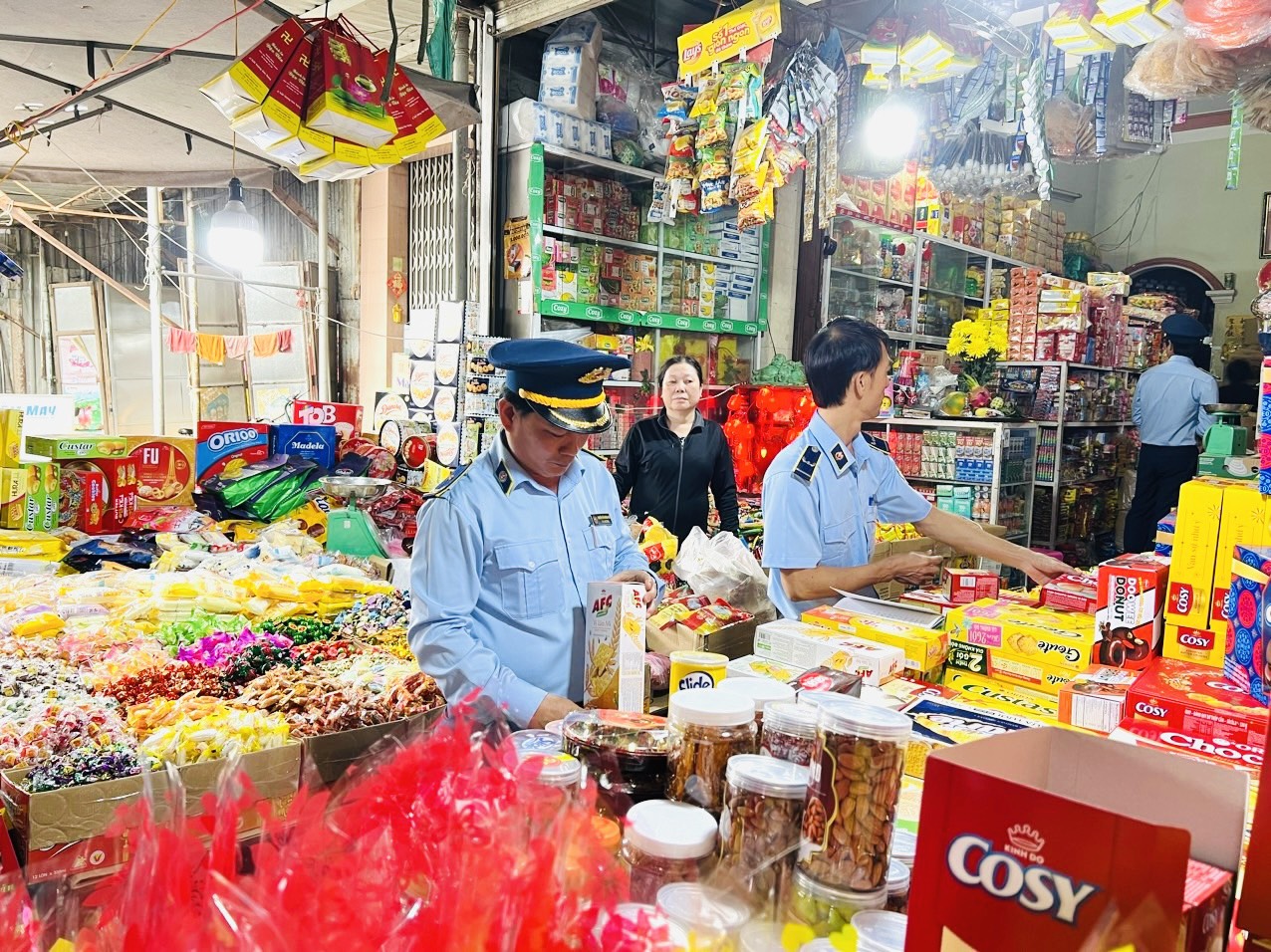
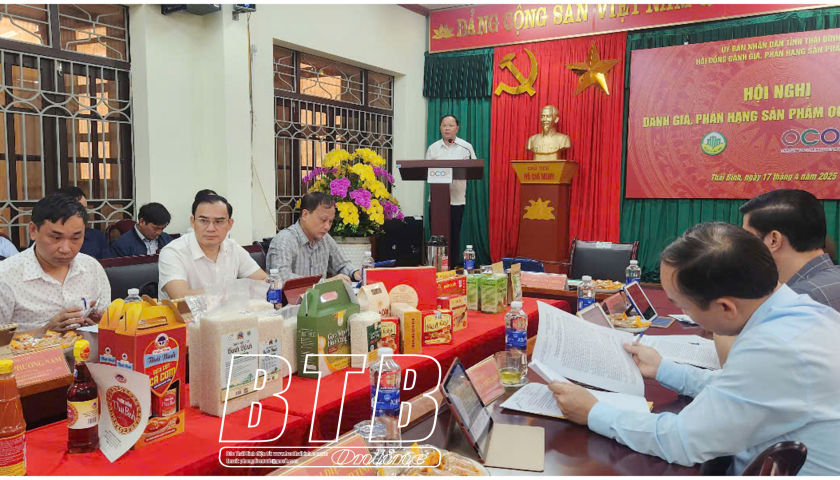
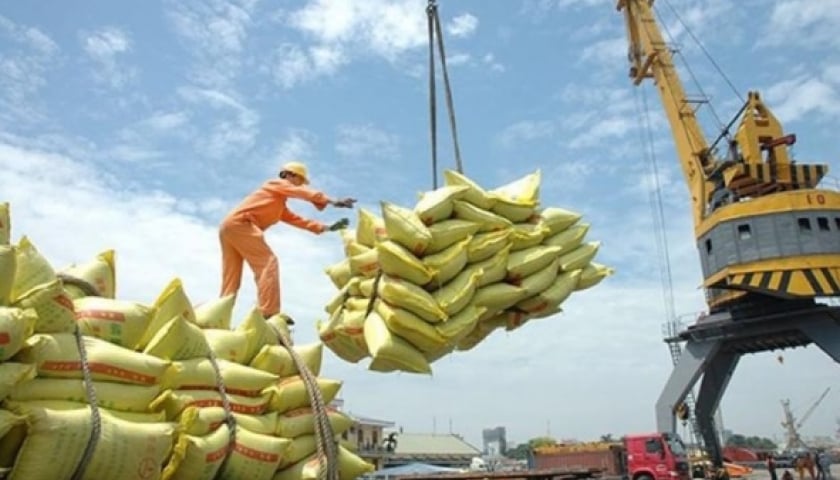
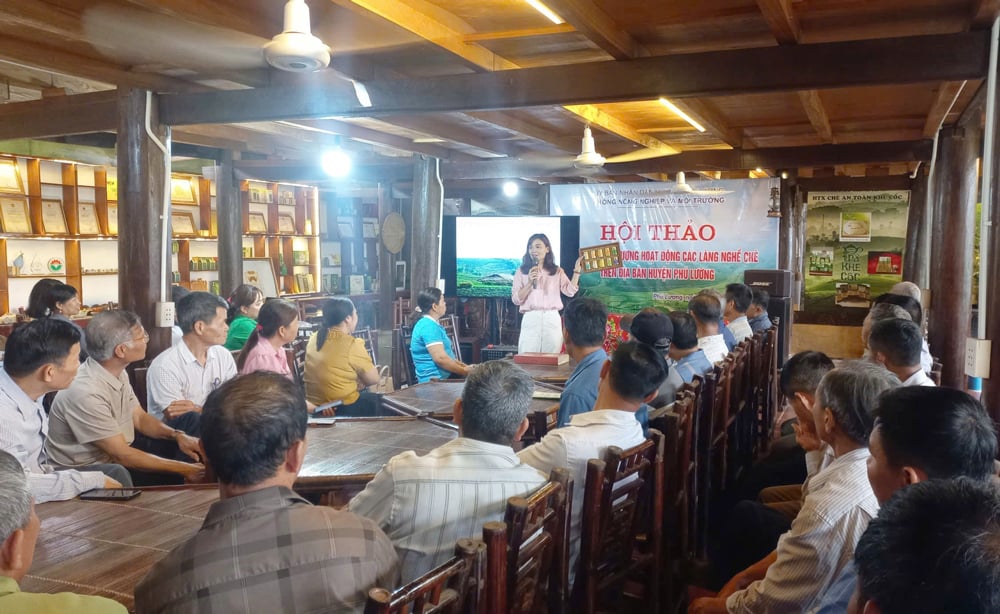





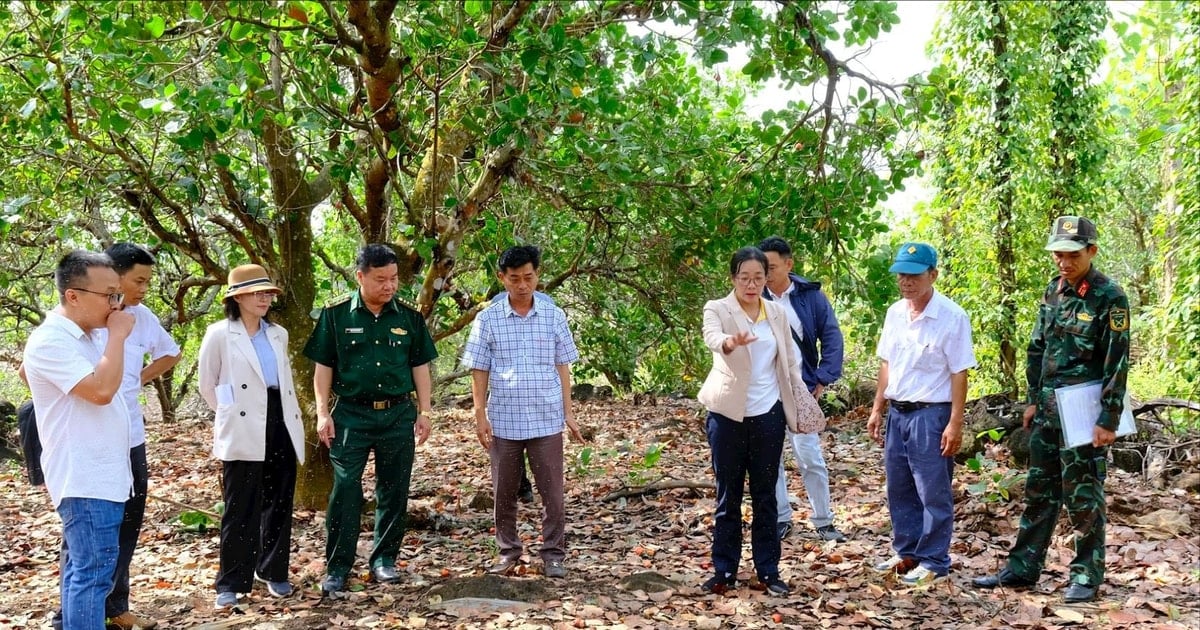

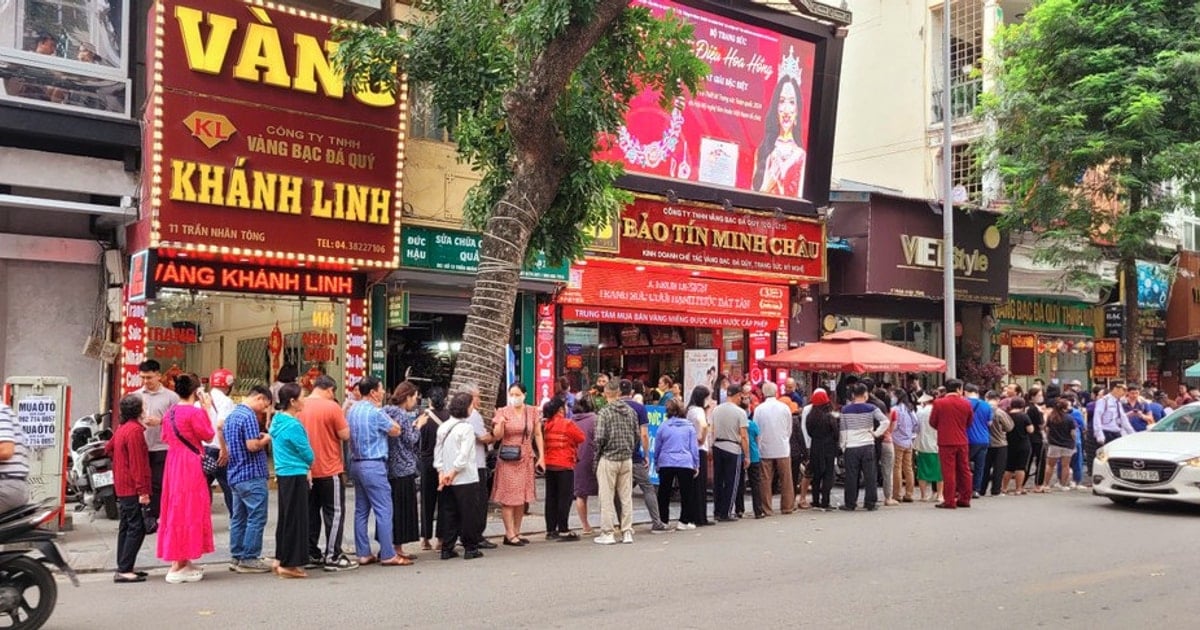

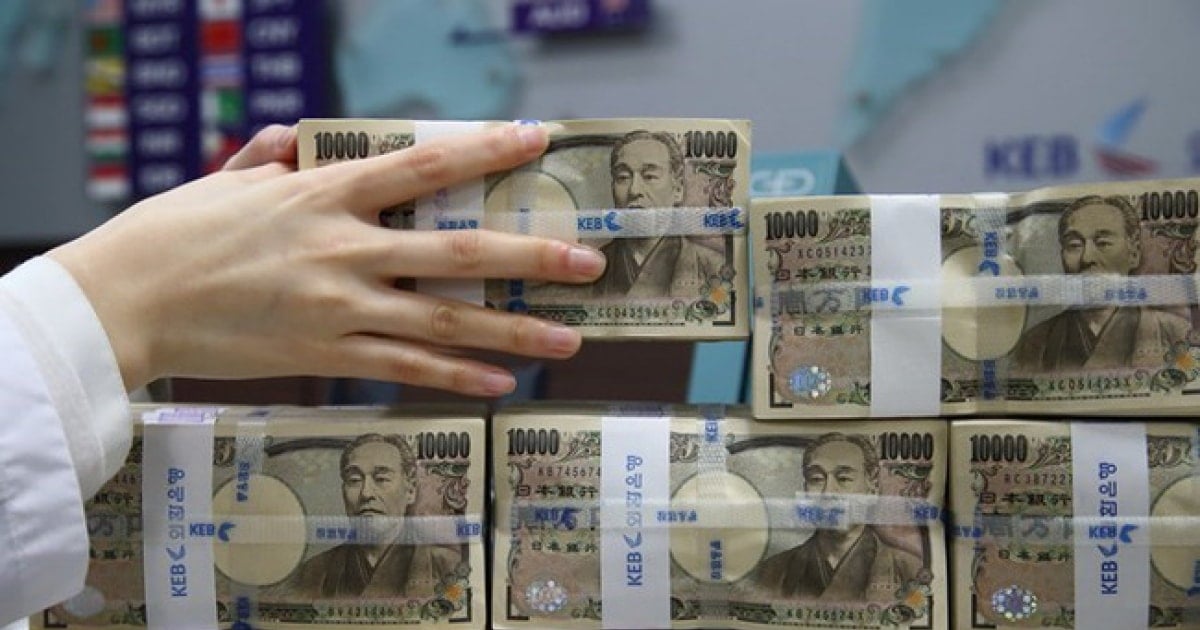




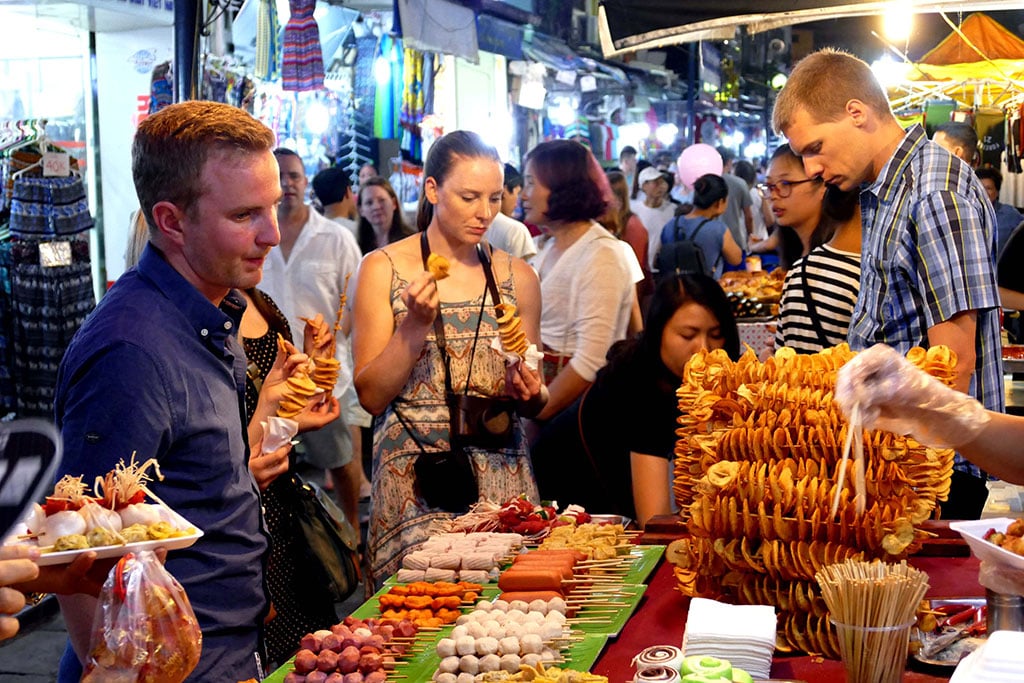



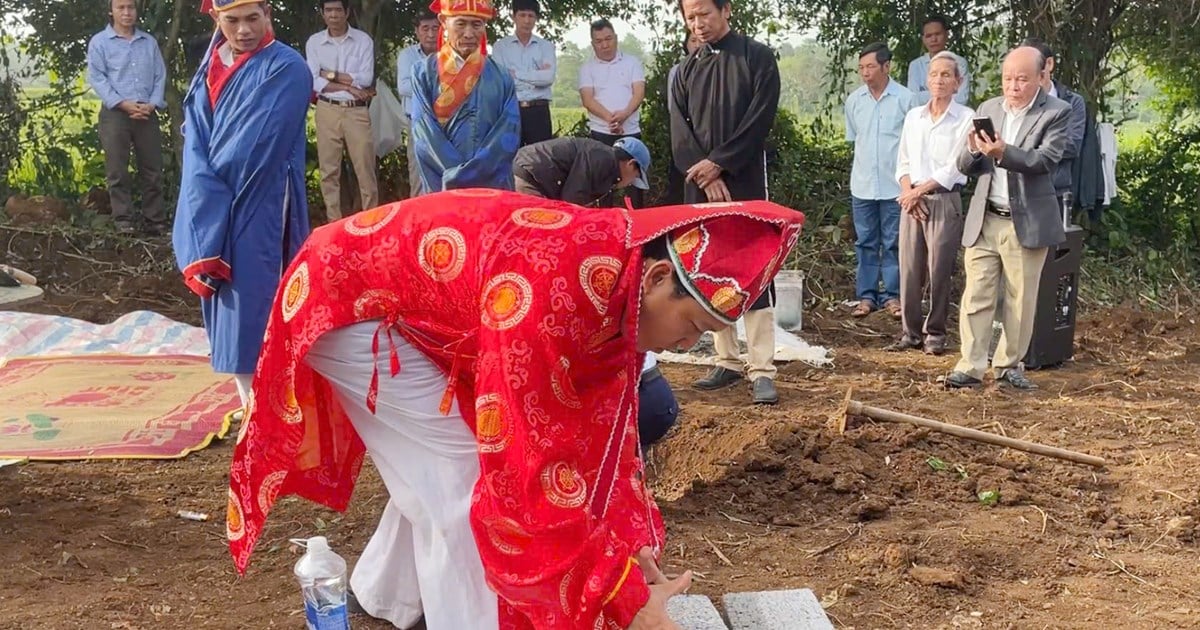


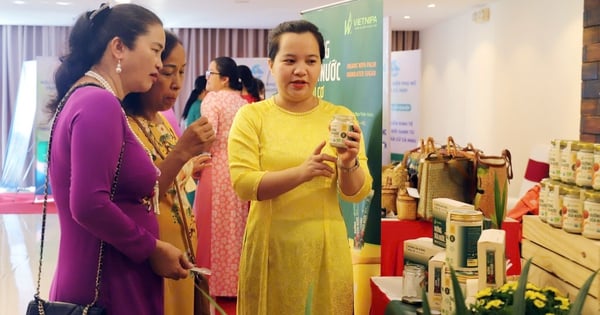












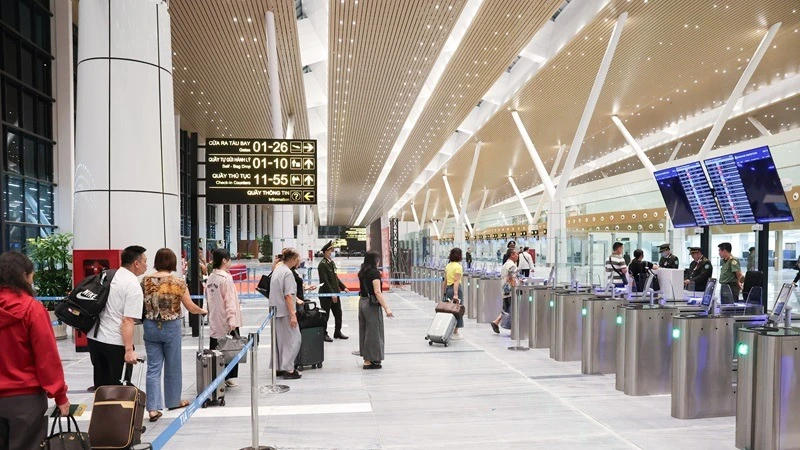



![[Video] Viettel officially puts into operation the largest submarine optical cable line in Vietnam](https://vstatic.vietnam.vn/vietnam/resource/IMAGE/2025/4/17/f19008c6010c4a538cc422cb791ca0a1)

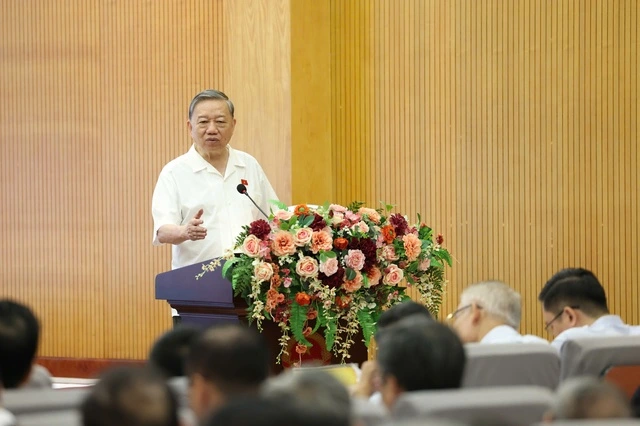





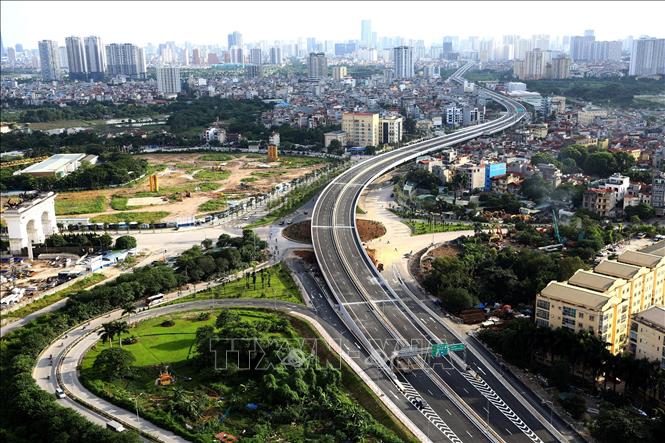





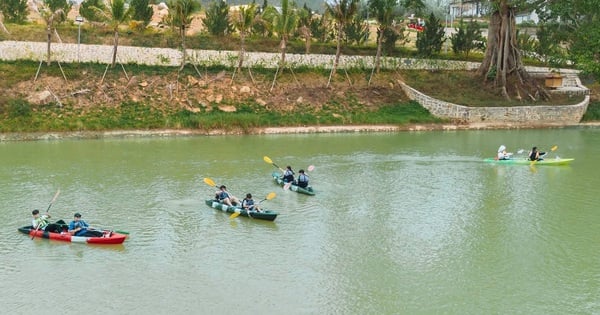













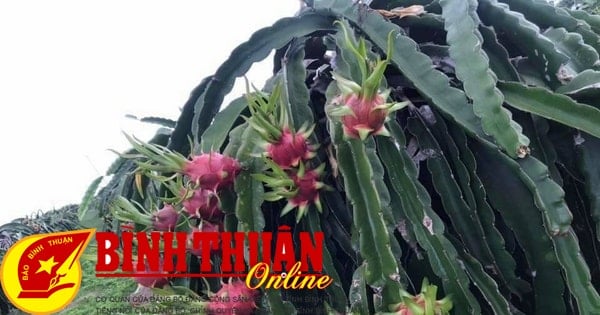

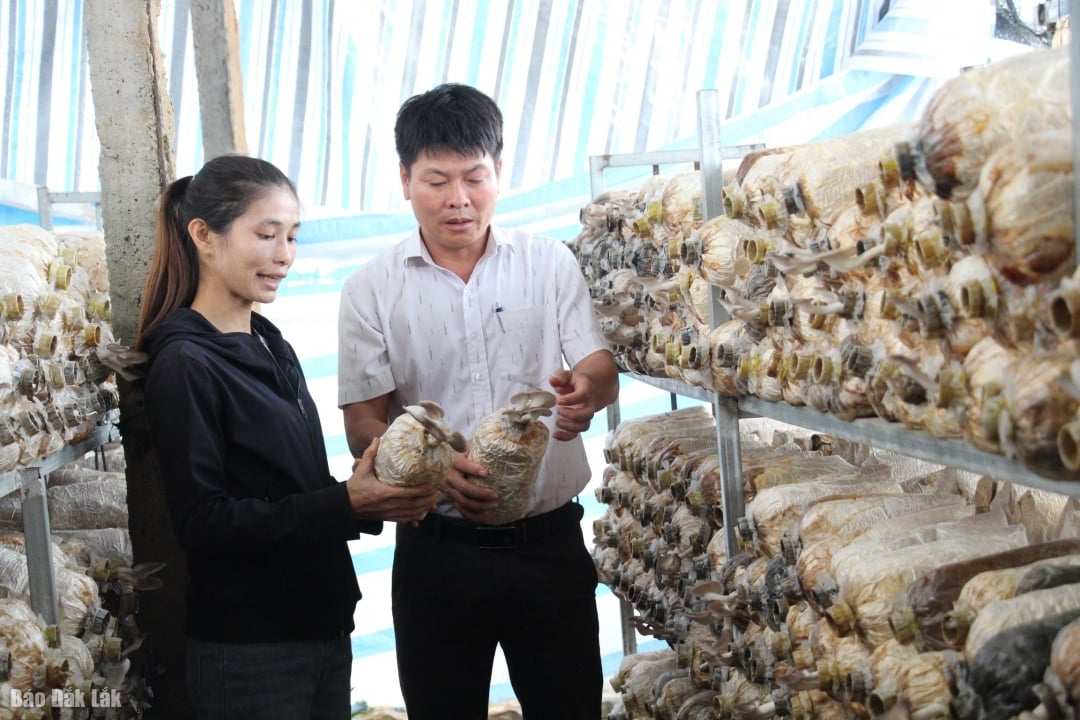

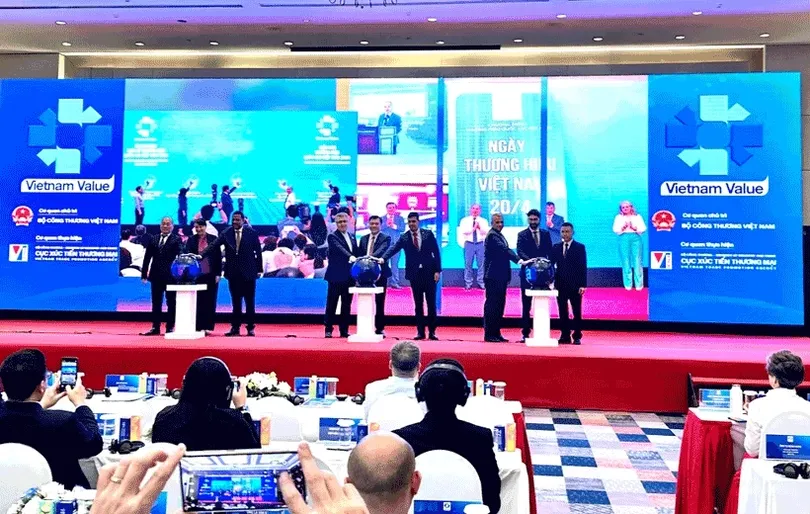

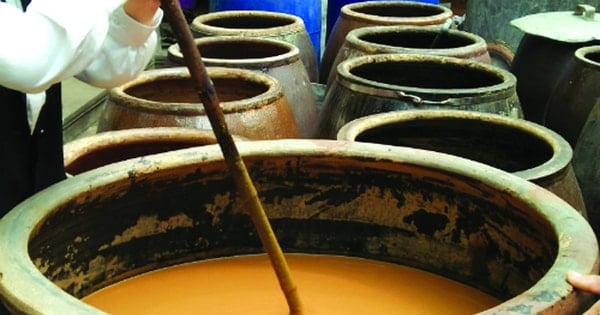

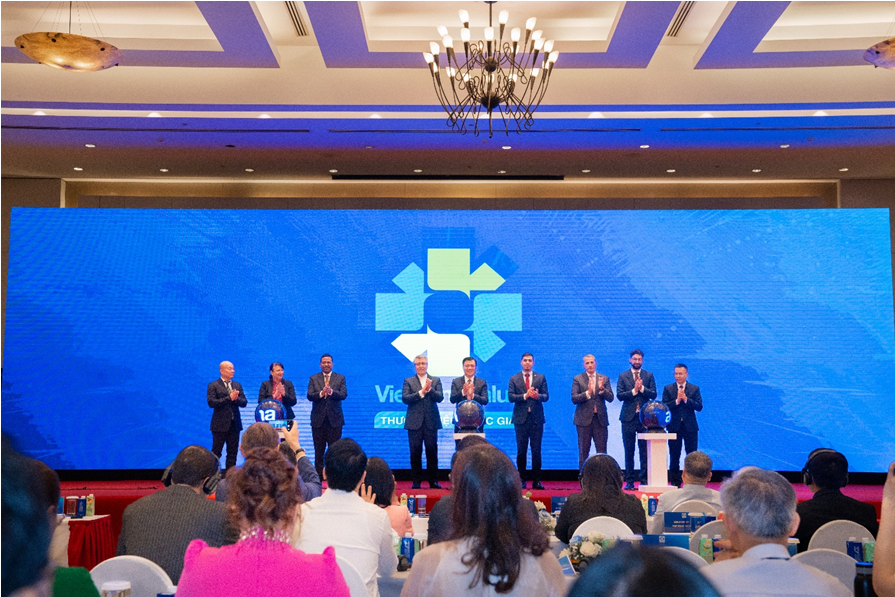
Comment (0)